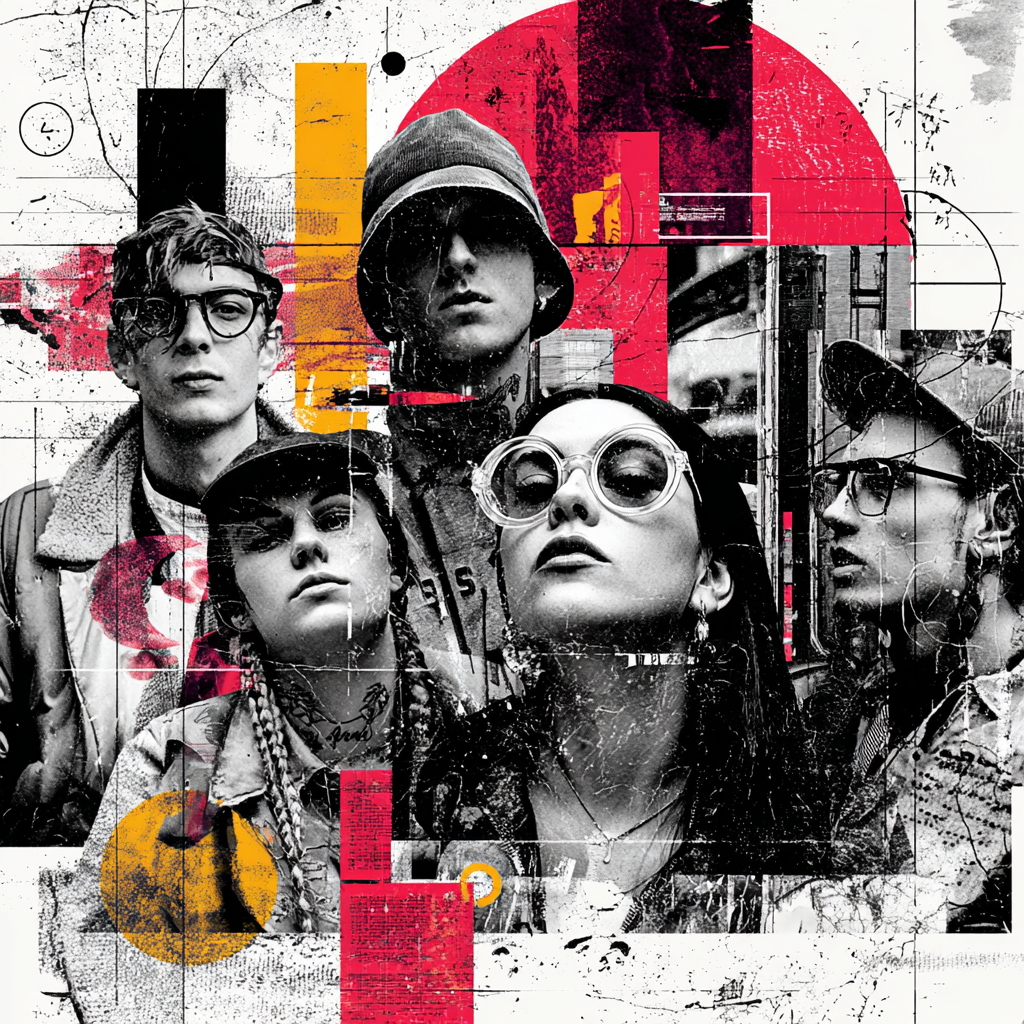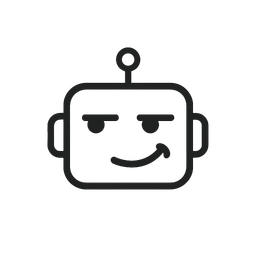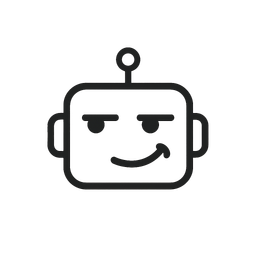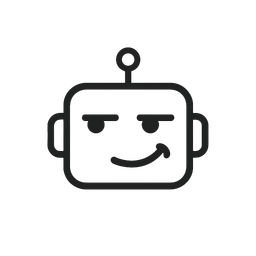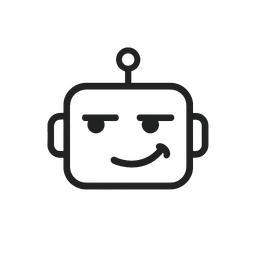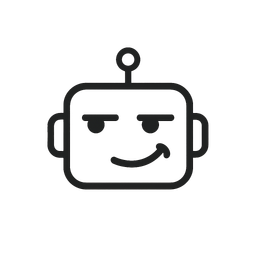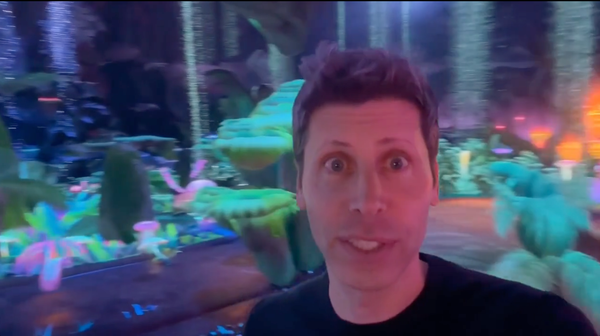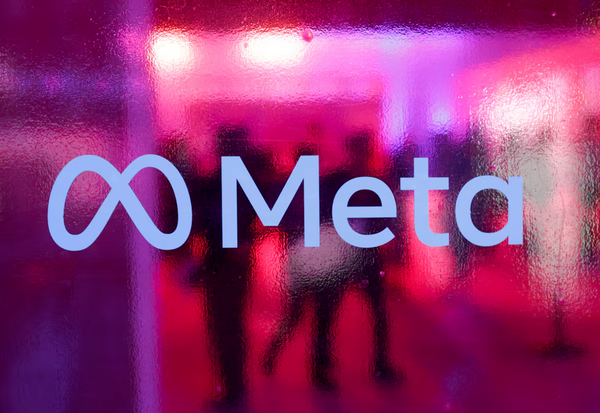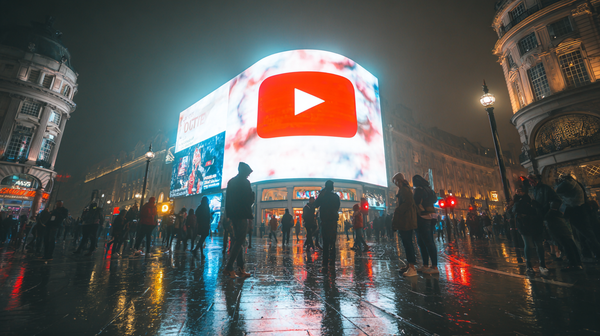The Marketing Funnel Is Broken - Here's What's Next
The funnel is dead. Learn why it fails in 2025 and discover the models replacing it - from flywheels to customer loops.
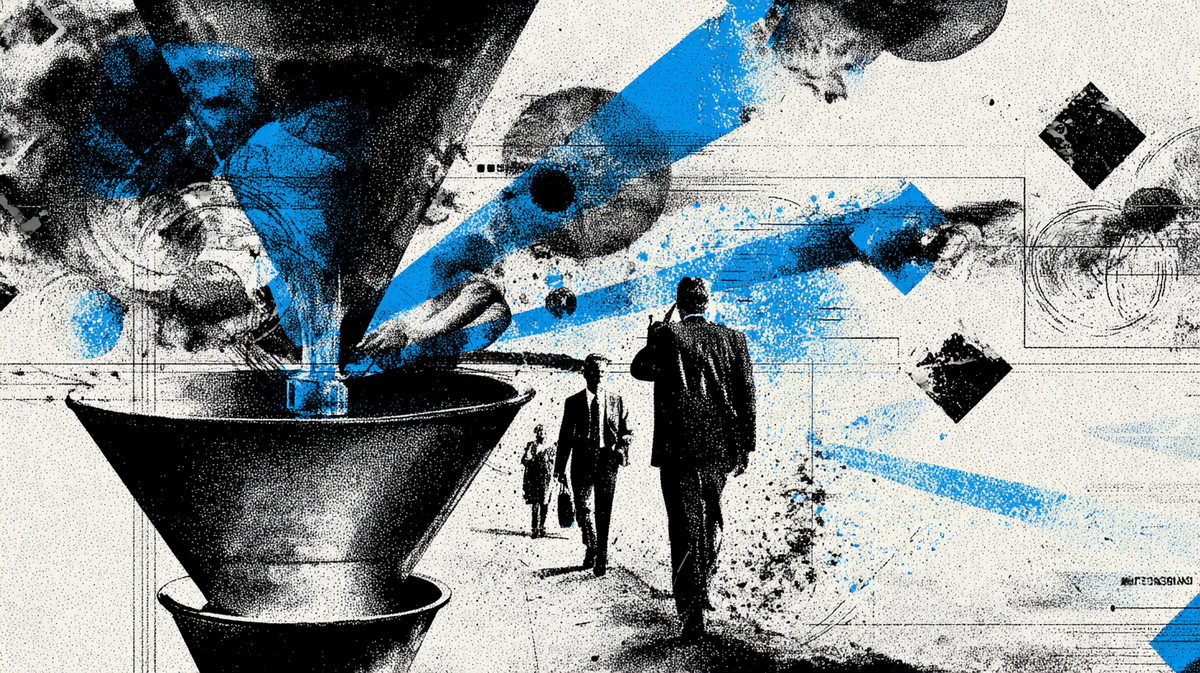
TL:DR
- The marketing funnel is broken in 2025. Modern buyers don’t move in straight lines— they bounce across TikTok, reviews, communities, and emails before purchasing (or repurchasing).
- Funnels fail because they end too early, ignore post-purchase growth, and can’t account for loops or social proof.
- Smarter marketers are replacing funnels with flywheels, customer loops, and ecosystem models that put humans, retention, and advocacy at the centre. Growth today is circular, compounding, and driven by real customer experience—not stages on a slide.
If you've ever sat through a marketing 101 deck, you've seen the funnel. Big wide top, skinny bottom, four neat stages: Awareness → Consideration → Decision → Action. The promise is simple: pour enough people in the top, nurture them with the right content, and eventually some drip out the bottom as paying customers.
Here's the problem: that's not how humans behave anymore.
The funnel assumes people move in straight lines. They don't. Real buyers bounce between TikToks, Google reviews, WhatsApp groups, Reddit threads, and email offers. They ghost you for months, then binge-research at midnight and buy the next day. Or they discover you through a customer community before they even know your brand exists.
The funnel was built for a world of one-way ads, predictable touchpoints, and clean attribution. In 2025, the customer journey looks less like a funnel and more like a messy spiderweb - full of loops, detours, and after-purchase advocacy that the funnel doesn't even account for.
So, is the funnel dead? Not exactly. But if you're still clinging to it as your main mental model, you're solving for a world that no longer exists. The new playbook isn't a funnel at all - it's a system of loops, feedback, and influence. And if you want to keep up, it's time to update your mental map.
What is the Classic Marketing Funnel (and Why It Took Off)
The "marketing funnel" wasn't dreamed up by your CMO in a brainstorming session - it's been around for more than a century. The first version dates back to 1898, when advertising pioneer E. St. Elmo Lewis sketched out the AIDA model:
Attention → Interest → Desire → Action.
Marketers later drew this as a funnel, because lots of people start at the top, and only a few make it through to the bottom.
For decades, this simple shape was gold. It gave structure to messy human behaviour:
- At the top, you run ads, sponsor events, and crank out awareness campaigns.
- In the middle, you nurture with brochures, emails, or case studies.
- At the bottom, sales swoops in to close the deal.
It worked because consumer attention was easier to capture and control. The funnel made it possible to:
- Plan budgets across stages ("spend X% on awareness, Y% on conversion").
- Measure results at each stage (CTR, MQLs, SQLs, conversion rates).
- Justify marketing spend to CFOs with something that looked linear and logical.
In a world of mass media, predictable consumer paths, and quarterly reports, the funnel wasn't just a metaphor - it was a survival tool.
The problem, of course, is that the funnel assumes a neat, one-way progression. And that assumption hasn't aged well.

What's Broken - Why the Funnel No Longer Matches Reality
On paper, the funnel makes sense. In practice, it's falling apart. Here's why:
1. Real buyers don't move in straight lines
People don't politely glide from "awareness" to "action." They zigzag. They binge TikTok reviews, drop into Reddit forums, watch three YouTube explainers, and then ghost you for months before finally clicking "buy now."
2. Entry and exit points are everywhere
Some buyers skip straight to purchase because a friend recommended it to you. Others hover in "consideration" forever, looping back to research after they've already bought once. The funnel's clean stages don't capture that chaos.
3. Social proof is the new middle
Instead of being "nurtured" by brand emails, people jump to what strangers on YouTube, Discord, or Trustpilot are saying. Word of mouth, communities, and user-generated content now pull more weight than brand nurture tracks.
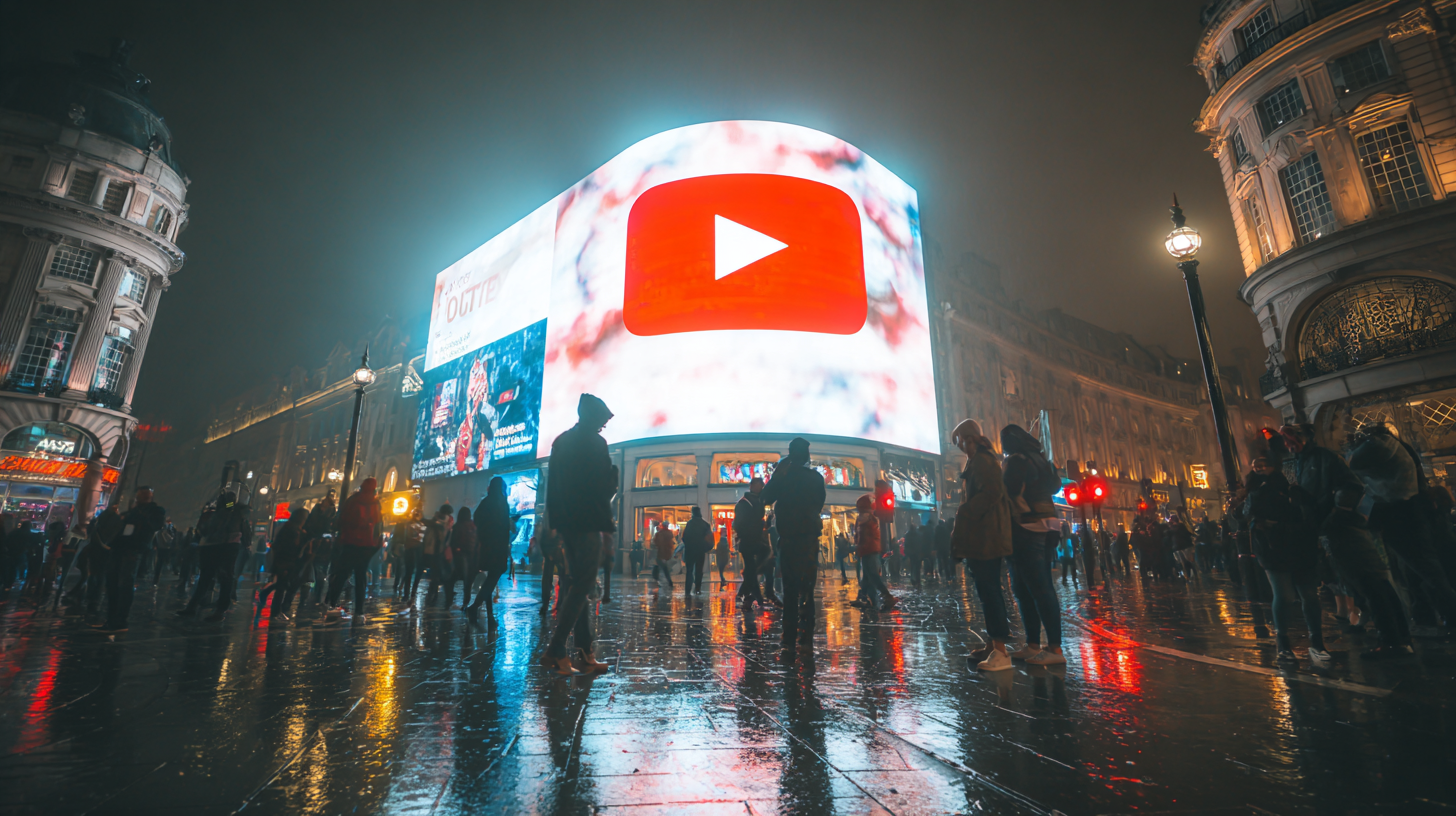
4. Too many touchpoints, too little attribution
In the 90s, you could reasonably say an ad → brochure → sales call led to a deal. Now? A single purchase might involve 30+ touchpoints across channels that don't talk to each other. Privacy rules and attribution gaps make funnel math shakier than ever.
5. The funnel ends too early
Most funnels stop at "conversion." But in reality, the biggest growth engine today is what happens after the sale: retention, upsell, advocacy. Loyal customers are your cheapest acquisition channel - but the funnel ignores them completely.
6. Funnels warp team behaviour
When everything is framed as "pushing people down," marketing over-invests at the top (vanity metrics), sales pressure-cooks the bottom, and nobody owns what happens post-purchase. The result: leaky systems that frustrate both teams and customers.
The short version: the funnel oversimplifies a messy, loop-driven reality. And if you're running 2025 marketing on 1950s assumptions, you're already behind.
What's Replacing It - Alternative Models & New Mental Maps
So if the funnel is creaking under the weight of modern buyer behaviour, what's next? Marketers haven't stopped building models - they've just swapped the funnel for new shapes that better fit reality.
1. The Flywheel
Popularised by HubSpot, the flywheel treats growth as a loop, not a chute. Customers aren't the "end" of the funnel - they're the fuel that spins the wheel. Delight them, and they create momentum via referrals, reviews, and repeat purchases. Instead of forcing people down stages, you focus on reducing friction and feeding energy back into the system.
2. The Customer Decision Journey (Loop Model)
McKinsey reframed the journey as a circular loop: consumers go from initial consideration → active evaluation → purchase → post-purchase experience → loyalty loop. Crucially, advocacy feeds directly back into awareness - meaning the cycle never really stops.
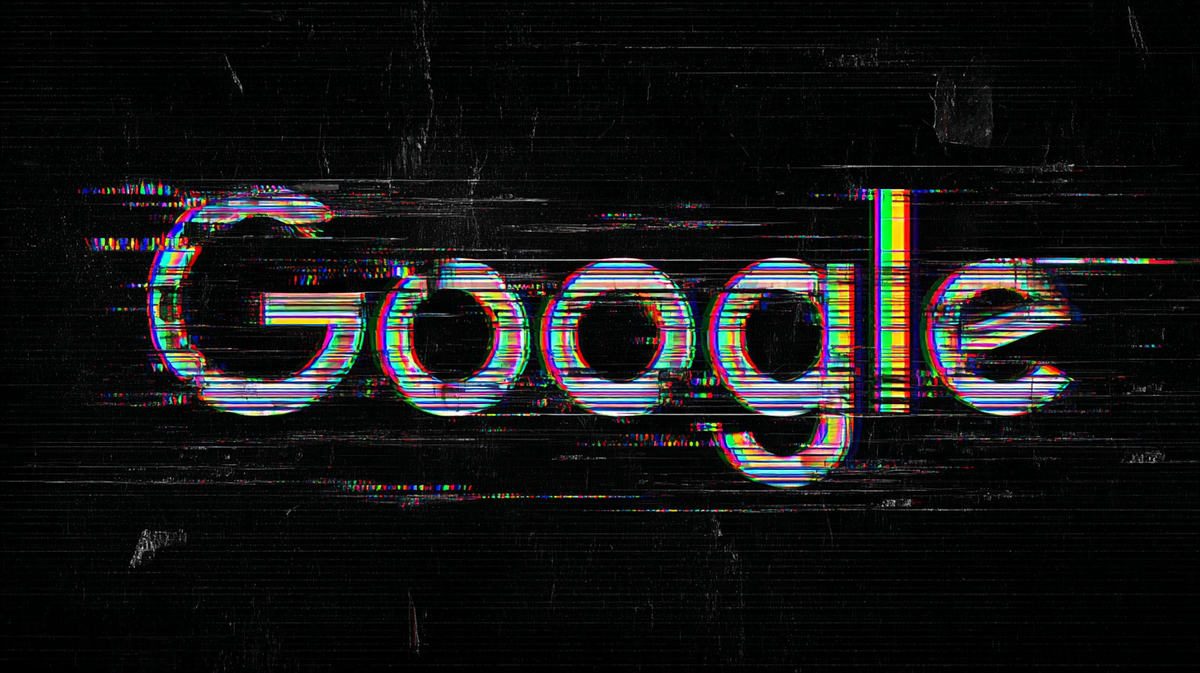
3. The Influence Map
BCG's "influence map" doesn't think in stages at all. It maps which touchpoints - social proof, ads, communities, content - actually change minds. It's less about "where in the funnel" someone is, and more about what moved them.
4. The Bow Tie Funnel
Instead of ending at conversion, the bow tie adds a mirrored funnel after the sale: adoption, retention, expansion, advocacy. It forces teams to treat post-purchase experience as part of the growth model, not an afterthought.
5. Content & Community Ecosystems
Some brands ditch shapes entirely and think in ecosystems. The mental model: "Where does our audience hang out, what do they consume, and how do we plug into that?" It's less about stages, more about being part of a living network of content, creators, and community touchpoints.
These models aren't perfect - no diagram fully captures messy human behaviour. But they're far closer to reality than the old funnel. They treat customers as active participants, not passive dots sliding toward "conversion."
How to Think Mostly Human - Key Principles for a New Mental Model
The point isn't to swap one diagram for another. It's to change the way we think about marketing itself. Funnels treat people like marbles rolling downhill. Mostly Human's version is simpler: start with humans, then build systems around how they actually behave.
Here are the principles:
1. Start with the human, not the stage.
Instead of asking "Where are they in the funnel?" ask "What are they thinking, feeling, or needing right now?" Models should orbit around psychology, not PowerPoint shapes.
2. Measure experience, not just conversion
Conversions matter. But so do metrics like satisfaction, retention, advocacy, and time-to-value. If you only measure who falls out the bottom, you'll miss the people quietly leaving out the sides.
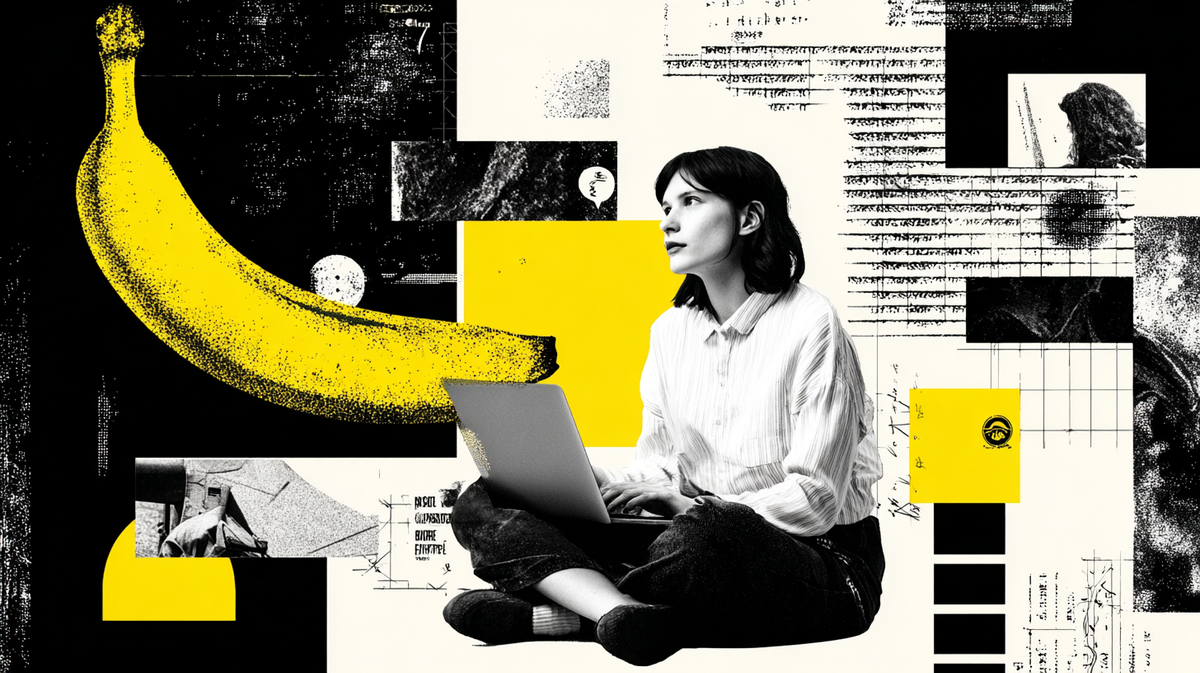
3. Design for loops and feedback
Build systems where customer success feeds back into growth. Reviews, referrals, communities - they're not "bonus extras," they're the engine.
4. Make models dynamic, not static
People don't all follow the same path. Your mental model should allow zigzags, skips, and returns. Think playlists, not conveyor belts.
5. Reduce friction everywhere
Every hesitation is a potential leak. Buying should be intuitive, support should be seamless, content should answer real questions - not just tick a funnel stage.
6. Play the long game
Funnels push for speed. Real relationships reward patience. Sometimes the win is letting someone linger until they're ready, because the trust you build now pays off later.
7. Treat post-purchase as the centre, not the end
The real growth comes after the first sale. Retention, upsell, advocacy, word-of-mouth. Build for that, not just acquisition.
The new mental map isn't a funnel or even a flywheel. It's a living system where humans, not diagrams, dictate the flow.
Case Studies & Real-World Examples
It's one thing to critique diagrams, another to see how brands are already ditching funnels in practice.
1. HubSpot → From Funnel to Flywheel
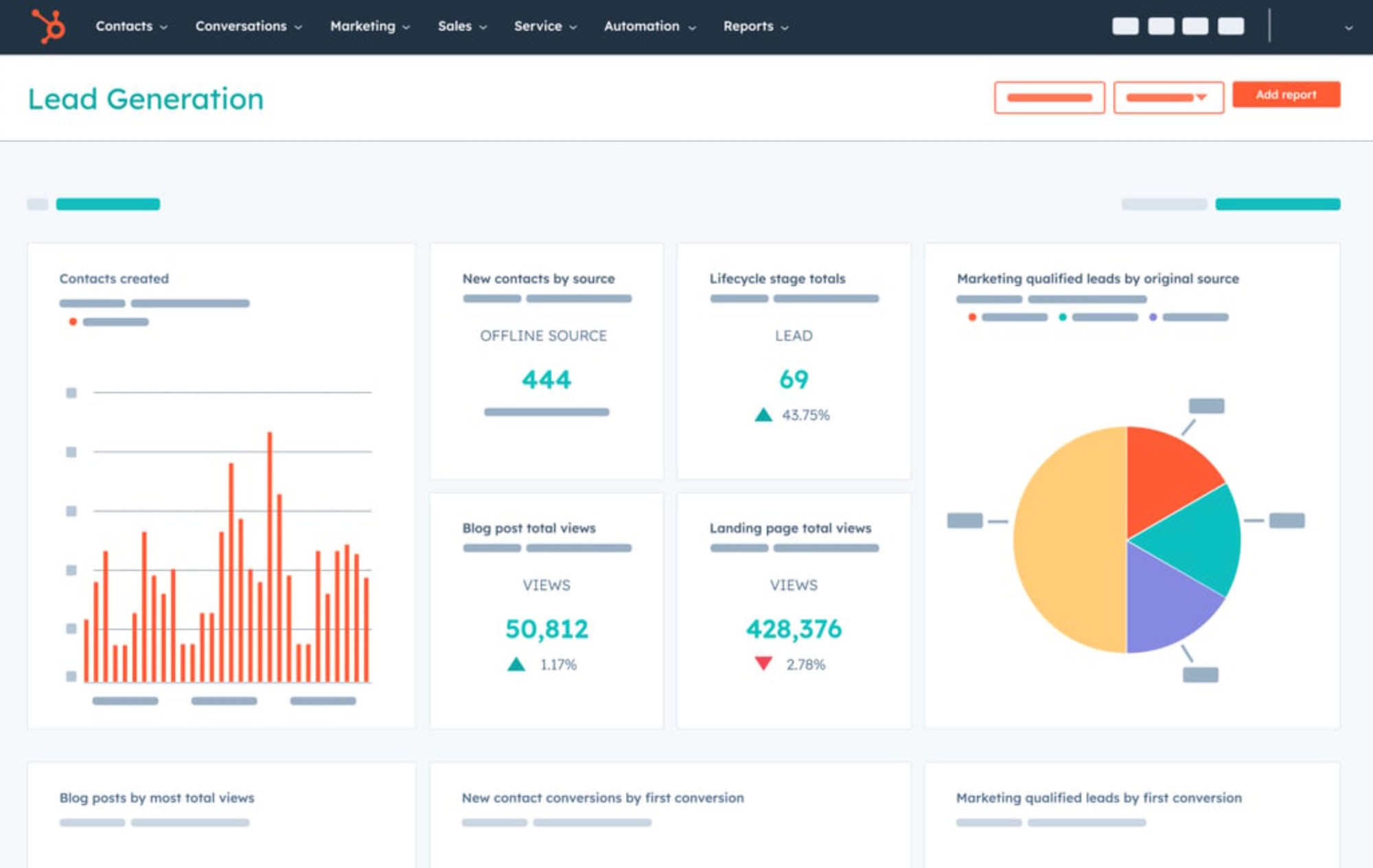
Once the loudest champion of the funnel, HubSpot publicly "retired" it in 2018. They shifted to the flywheel, redesigning their CRM to emphasise customer experience and referrals. By putting post-purchase success at the centre, they turned customer advocacy into a measurable growth driver - not an afterthought.
2. Glossier → Community as Awareness Engine
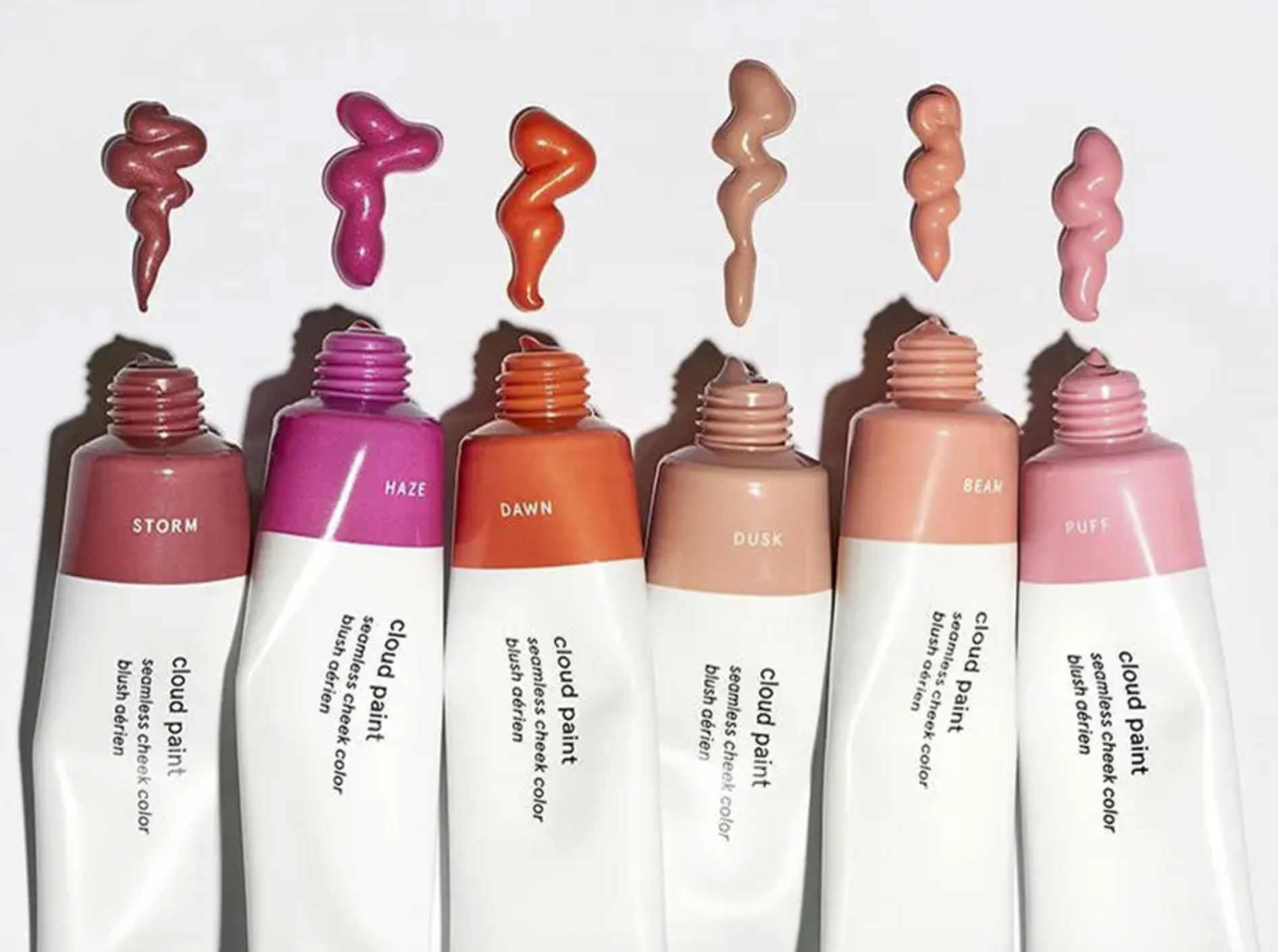
Glossier never really had a traditional funnel. Instead, they built a content + community ecosystem: beauty blogs, user-generated looks, Slack-style brand communities. Customers didn't just move through stages; they created the stages themselves by influencing each other. Glossier's success shows that community can replace huge chunks of the funnel.
3. Spotify → Loops, not Lines
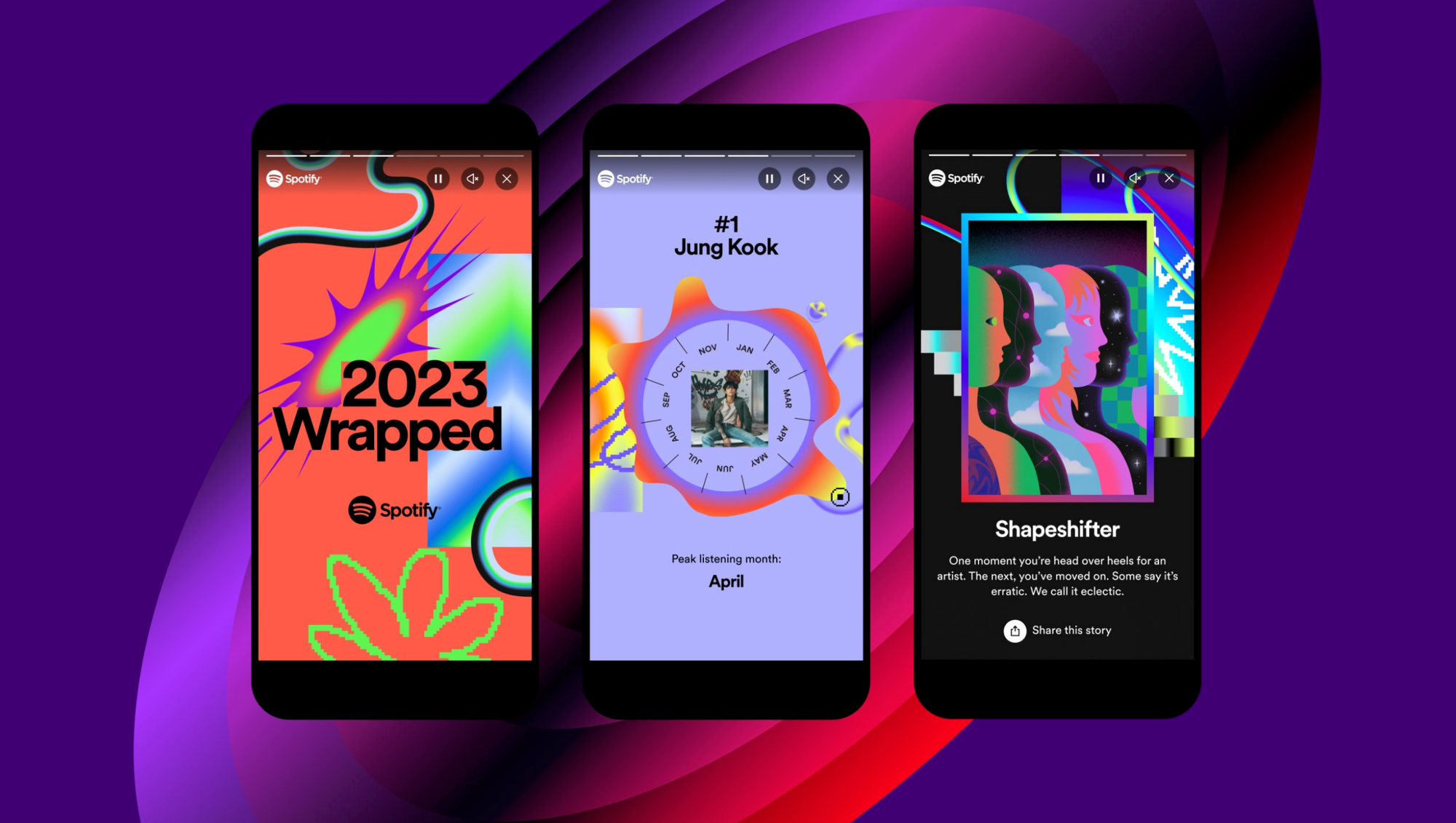
Spotify's growth didn't come from ads that "pushed" people down a funnel. It came from loops: personalised playlists, social sharing ("Wrapped"), and network effects. Post-use advocacy wasn't the end - it was the engine of new acquisition.
4. B2B SaaS (Slack)
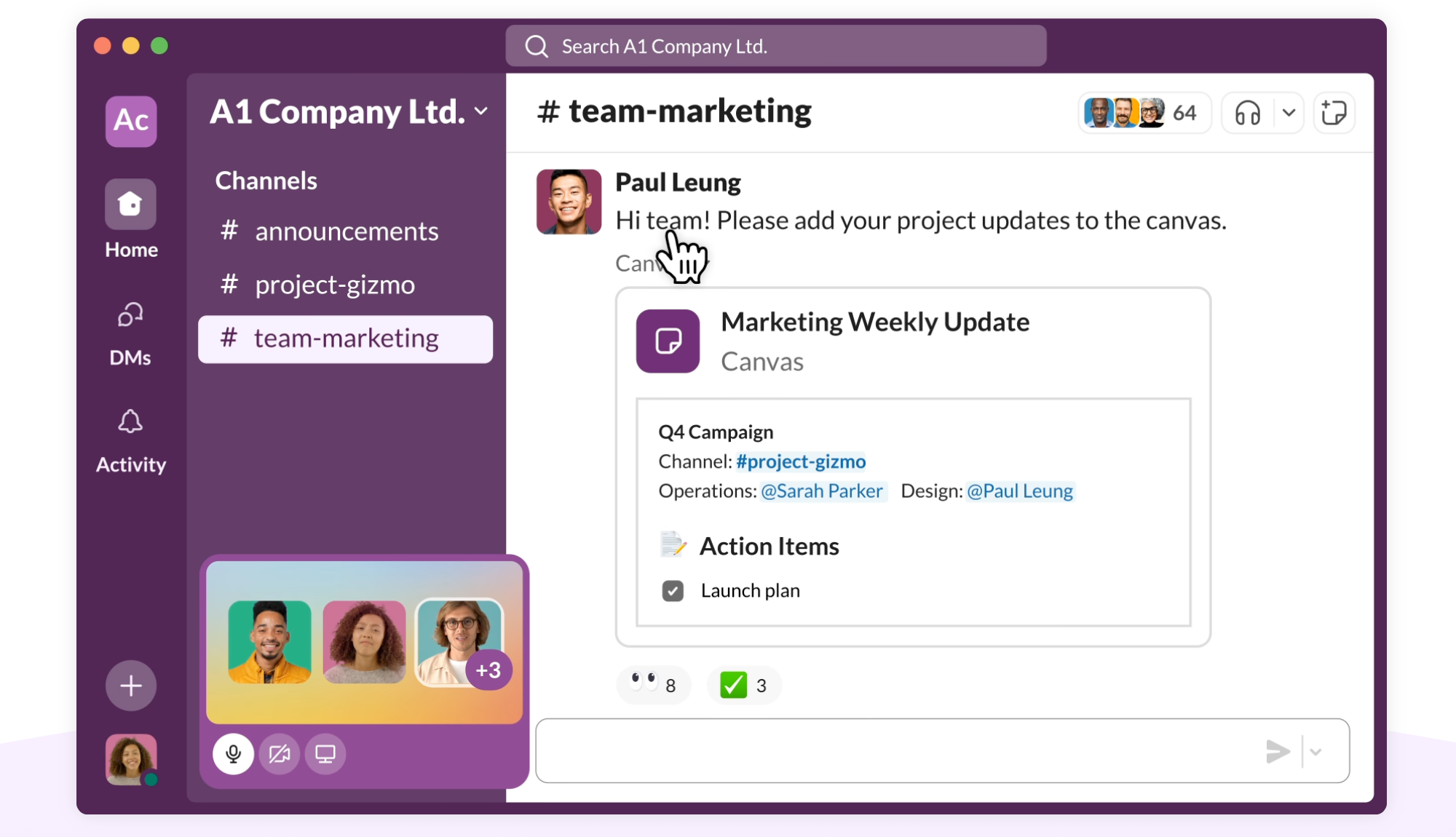
Slack famously grew without big ad campaigns. Their model was bottom-up adoption: one team tries it, loves it, and brings in another. This "expansion loop" shows how in SaaS, the funnel breaks - you don't go from awareness to purchase in one motion. Instead, usage creates awareness inside companies.
5. DTC Fashion (Gymshark)
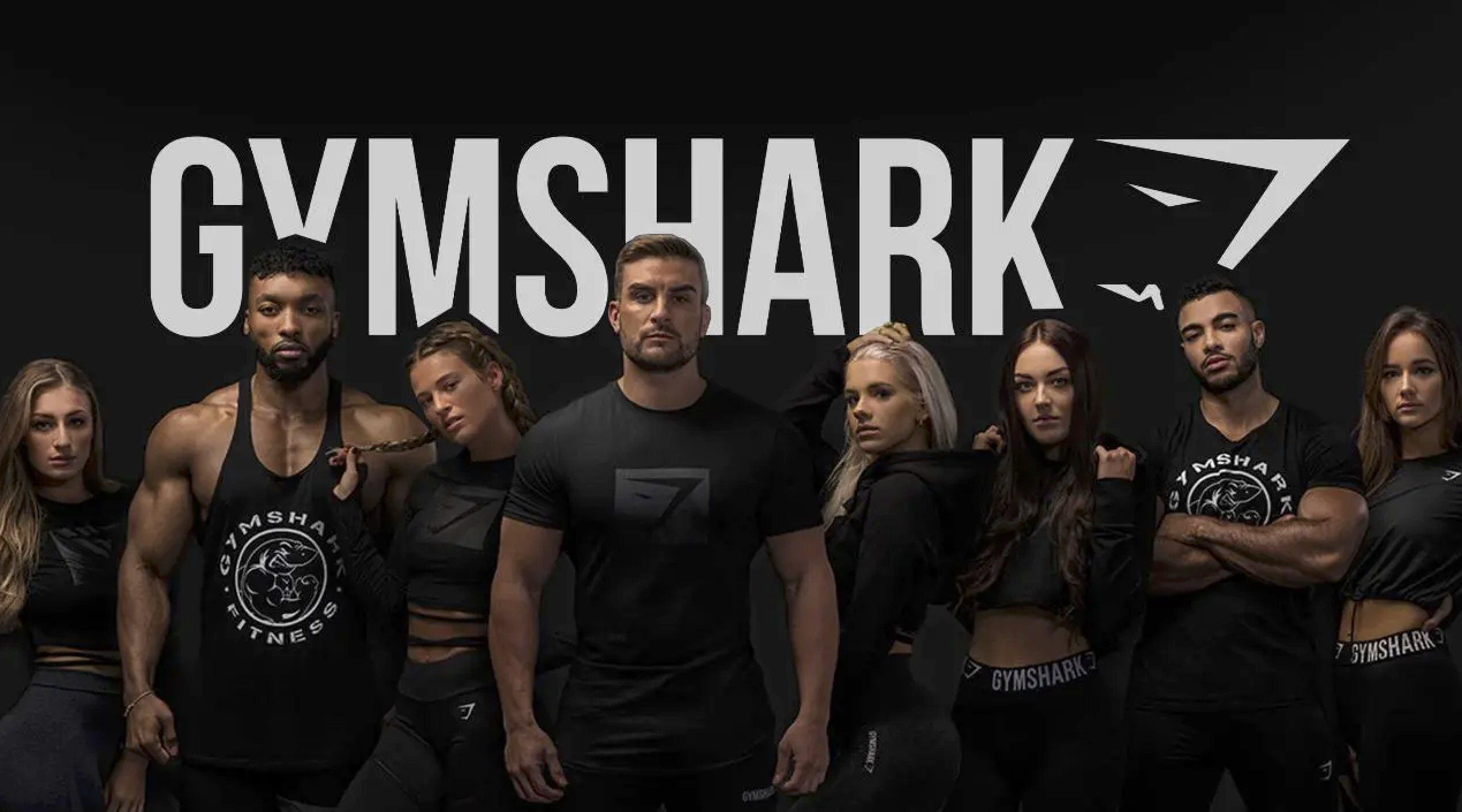
Gymshark leaned on influencer ecosystems instead of a staged funnel. Micro-influencers seeded awareness, communities sustained consideration, and social proof (fitness challenges, UGC) did the heavy lifting. Advocacy was not the bottom of a funnel - it was the whole engine.
Together, these cases show the shift: funnels assume people are passive. Modern brands design systems where customers actively fuel the next wave of growth.
How to Transition - A Practical Roadmap
Okay, so the funnel is broken and loops are in. But how do you actually move your org from one to the other without burning down your dashboards? Here's a roadmap:
1. Audit your funnel leaks
Start by mapping your current funnel and asking: where are people really dropping out? Spoiler: it's often after the sale (low retention, low referrals). That's your first signal that the funnel is too narrow.
2. Map the actual customer journey
Interview customers. Track behaviour. Stitch together data across channels. The goal isn't a pretty diagram - it's to see how people really discover, evaluate, and decide. Expect zigzags, loops, and skipped stages.
3. Expand your metrics
Stop measuring only "leads → conversions." Add:
- Retention rate
- Net Promoter Score (NPS)
- Time to value
- Advocacy (referrals, reviews, UGC)These tell you if the loop is spinning, not just dripping.
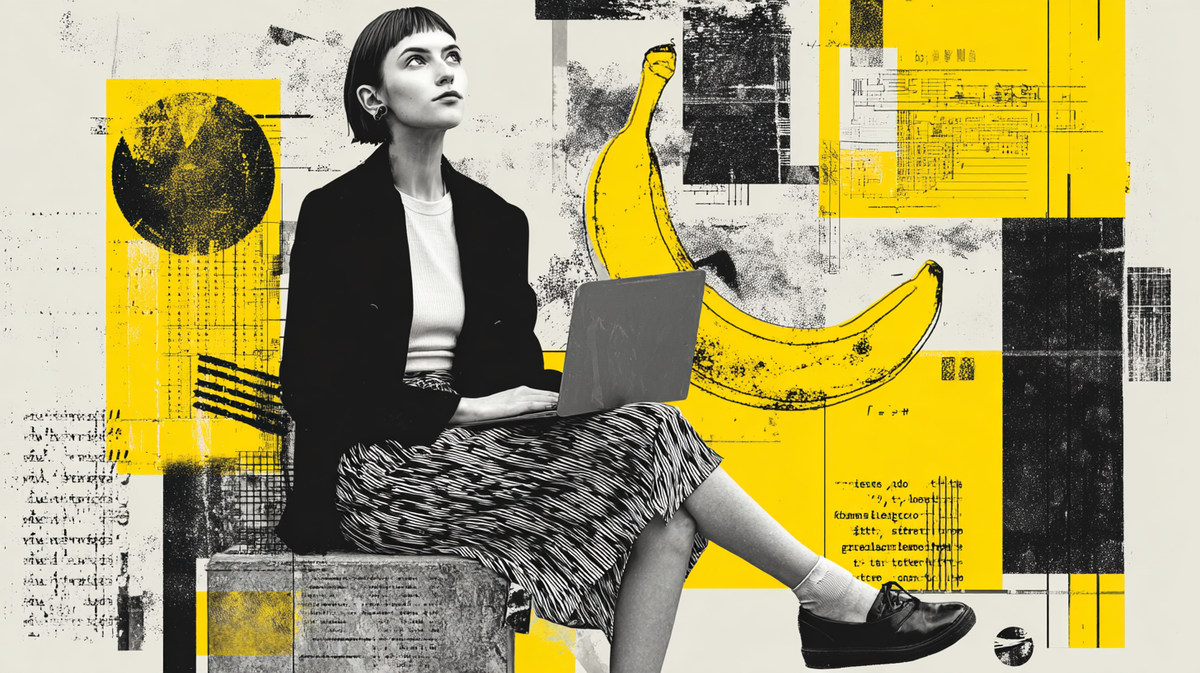
4. Build for feedback
Make advocacy easy: review requests, referral programs, community spaces. Every happy customer should be able to pull in the next one.
5. Align across teams
The funnel often divides teams (marketing → sales → customer success). In a loop model, post-purchase is growth. That means customer success and marketing need to be joined at the hip.
6. Reduce friction relentlessly
Audit every touchpoint: Is buying clunky? Is support slow? Are your emails answering questions people actually have, or just ticking funnel stages? Remove the friction or the loop dies.
7. Pilot before you overhaul
Pick one product line, campaign, or region to test a loop-based model. Show results, then expand. Nobody rewires their growth model overnight.
Finding your own way
The shift isn't about killing funnels - it's about evolving from a pipeline mindset to a systems mindset. Funnels are linear. Growth today is compounding, cyclical, and human.
The funnel had its day. It gave marketers a neat story to tell CFOs, a way to measure progress, and a framework for planning. But in 2025, clinging to it is like navigating with a paper map while everyone else uses GPS. Modern growth is powered by loops, networks, and communities that feed on themselves. Buyers don't march through stages-they swirl, stall, skip, and come back stronger if you've built systems that keep them engaged.
The challenge isn't to find the next "perfect diagram." It's to build models flexible enough to mirror real human behaviour-messy, emotional, unpredictable, and communal. The brands that thrive aren't the ones forcing people down a funnel. They're the ones creating ecosystems that pull people in, delight them, and let them spin the wheel for you. That's not the death of marketing-it's its rebirth.
Who are we: Three marketers from 3 different corners of the world with 40 years collective experience building brands that matter. Need some help? Come and talk to us: hello@mostly-human.ai 👋


